Abe Vigoda
Donaukanal, 2009
„Abe Vigoda is alive“, says the Abe Vigoda status page (http://www.abevigoda.com/). The American actor – who played a part in The Godfather – has not only inspired some internet humorists, but obviously also four guys from Inland Empire city Chino, California, who named their band after him. Abe Vigoda belong to the thriving scene around the L.A. music venue The Smell, which is famous for its creative and experimental DIY-approach that Abe Vigoda easily translate to a reduced semi-acoustic setting at the Donaukanal in Vienna. We wander around the streets some time in order to find a suitable spot for their rhythmic and frenetic performance of “Skeleton”, the title track of their third album. When Abe Vigoda set up their stuff under a bridge that resembles a reverse spider, passers-by stop and take pictures, joggers take a break from their workout and cyclists put their feet up for some moments. The Californians’ melodic, almost tropical arrangements thwart the industrial setting of the bridge pier and make it seem their natural stage for a few minutes.
- Photography
- Simon Brugner
- Artist
- Abe Vigoda
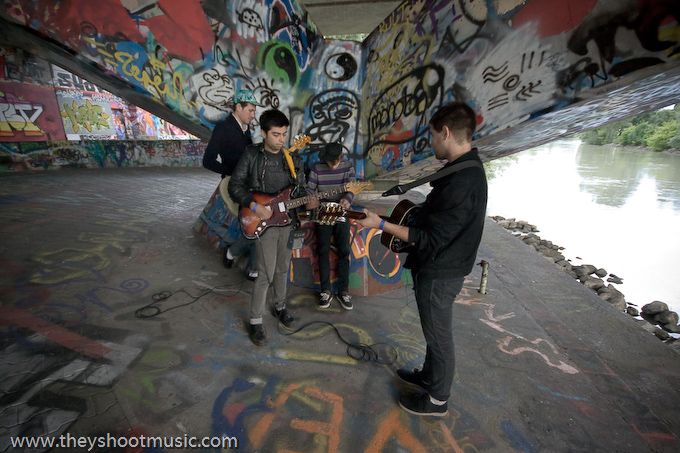
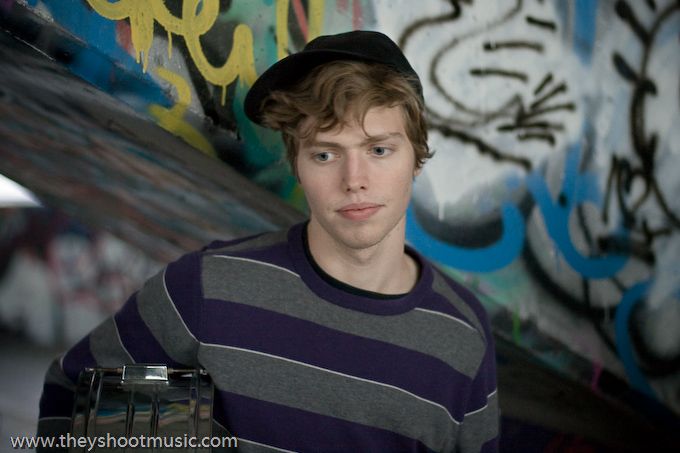
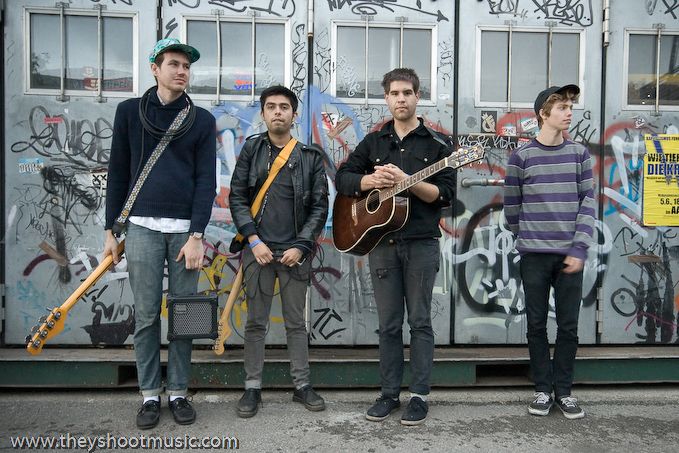
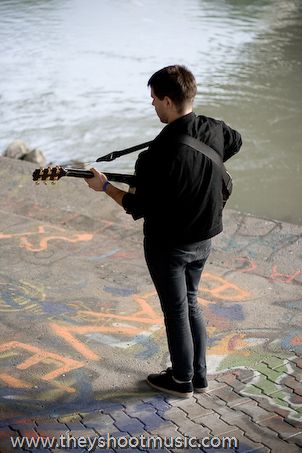
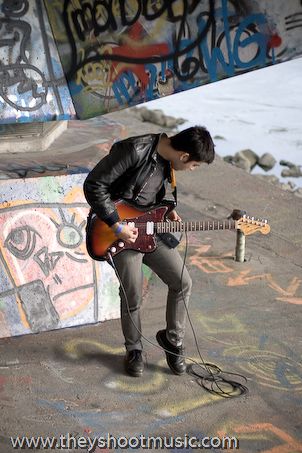
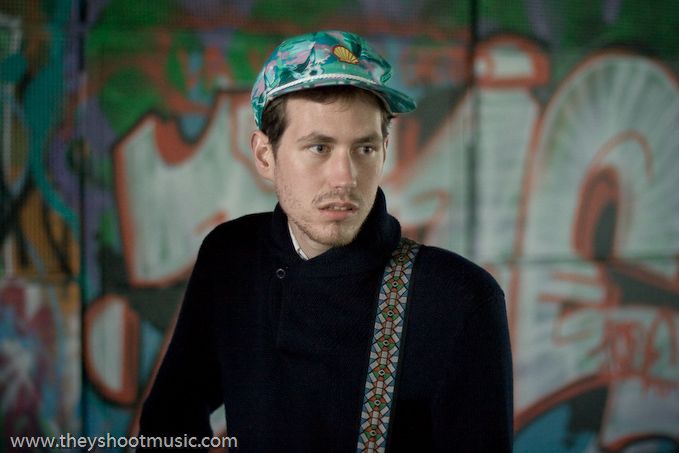
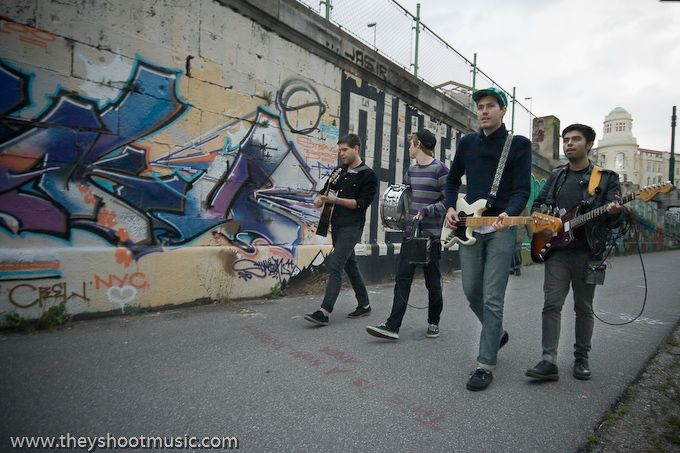
Donaukanal
Donaukanal is the southern side arm of the river Danube in Vienna. Although the 17 kilometres long canal is quite narrow it is far more connected to the city than the actual Danube, passing the Inner City including all the nightlife hotspots around Schwedenplatz as well as the popular recreation area Prater. The vicinity to the city center may as well be the reason that the canal is particularly appealing to joggers, bikers and walkers. In the past two decades local politicians often discussed chances to integrate the Donaukanal even more in the city’s life by supporting the spread of clubs and bars like the old-established Flex or the newly created Badeschiff and making it a reasonable choice to spend your night out enjoying yourself on the concrete banks of the canal. What is now the canal was the main river until medieval times. Repeated floods frequently relocated the riverbed north- or southwards and – together with extensive river training measures – changed the hierarchy. Since around 1700 the side arm is known as Donaukanal.